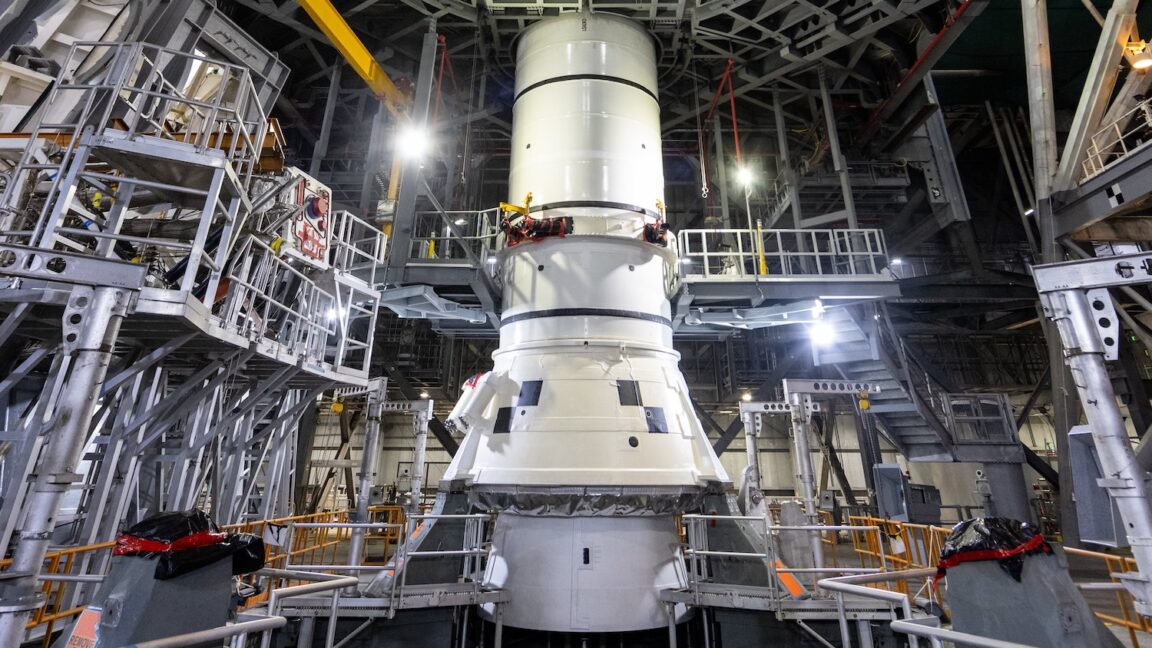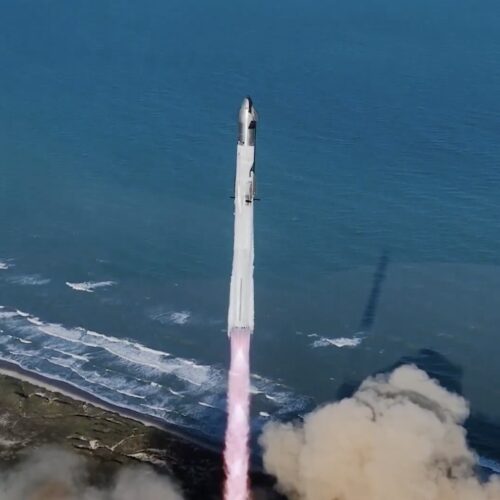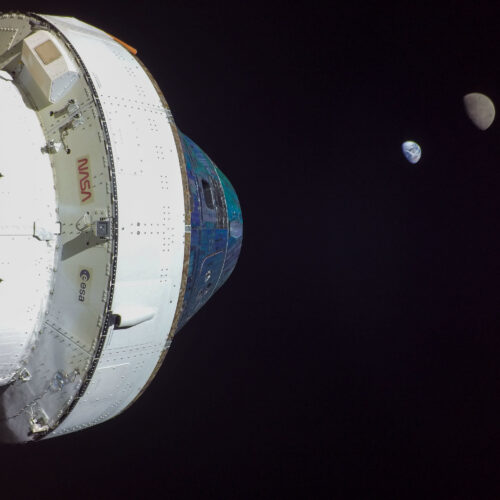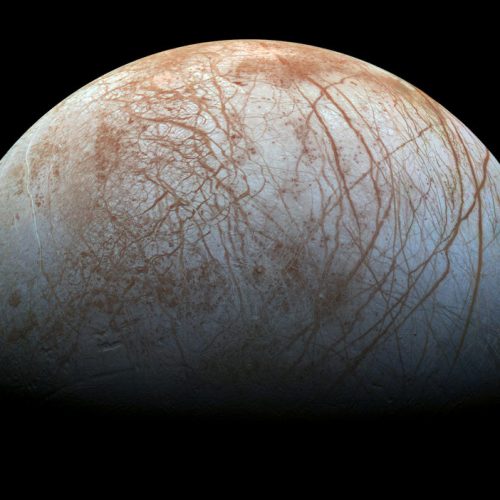NASA awards SpaceX a contract for one of the few things it hasn’t done yet
When you compare SpaceX to the world's other space enterprises, it's probably easier to list the things SpaceX hasn't done instead of reciting all of the company's achievements.
One of these is the launch of nuclear materials. SpaceX has launched a handful of planetary science missions for NASA, but these spacecraft have all used solar arrays to generate electricity. In this century, NASA's probes relying on nuclear power have all flown on rockets built by United Launch Alliance (ULA), a 50-50 joint venture between Boeing and Lockheed Martin.
This is about to change with a $256.6 million contract NASA awarded to SpaceX on Monday. The contract covers launch services and related costs for SpaceX to launch Dragonfly, a rotorcraft designed to explore the alien environment of Saturn's largest moon, Titan.


© NASA






























